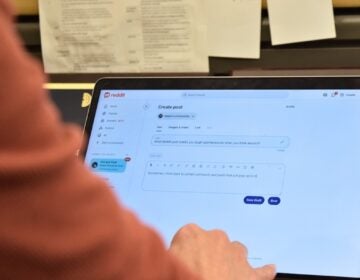Sending Signals
Listen 49:43
(Bigstock/sasha85ru)
The modern world is made possible by a web of electromagnetic radiation. Your phone, computer, TV, cable box, radio — all depend on millions of signals zipping past each other every second. As more and more devices and inventions rely on these signals, this highway of information is getting crowded. On this encore presentation, we explore this unseen world and some of the new issues that are emerging.
We hear stories about how scientists are dealing with this increasingly crowded radio spectrum; who has access to high-speed internet, and who doesn’t; and our efforts to listen to space to get a better understanding of our universe, and whether or not we’re alone.
Also heard on this week’s episode:
- We chat with Nicol Turner Lee, who studies equitable access to technology, about who has access to high-speed internet, and who doesn’t. She explains the need for better broadband infrastructure and the challenges families and communities face in staying connected. Turner Lee is the Director of the Center for Technology Innovation at the Brookings Institution.
- If intelligent life is out there — how would we know? And how would we communicate? Astronomer Derrick Pitts explains our search for intelligent life forms using radio signals. and the limits of this technology.
- Tech expert Sean Gallagher explains how efforts to jam GPS signals have led to the return of an older navigation system called Loran-C. Gallagher is the Senior Threat Researcher at SophosLabs.
Segments from this episode
WHYY is your source for fact-based, in-depth journalism and information. As a nonprofit organization, we rely on financial support from readers like you. Please give today.






